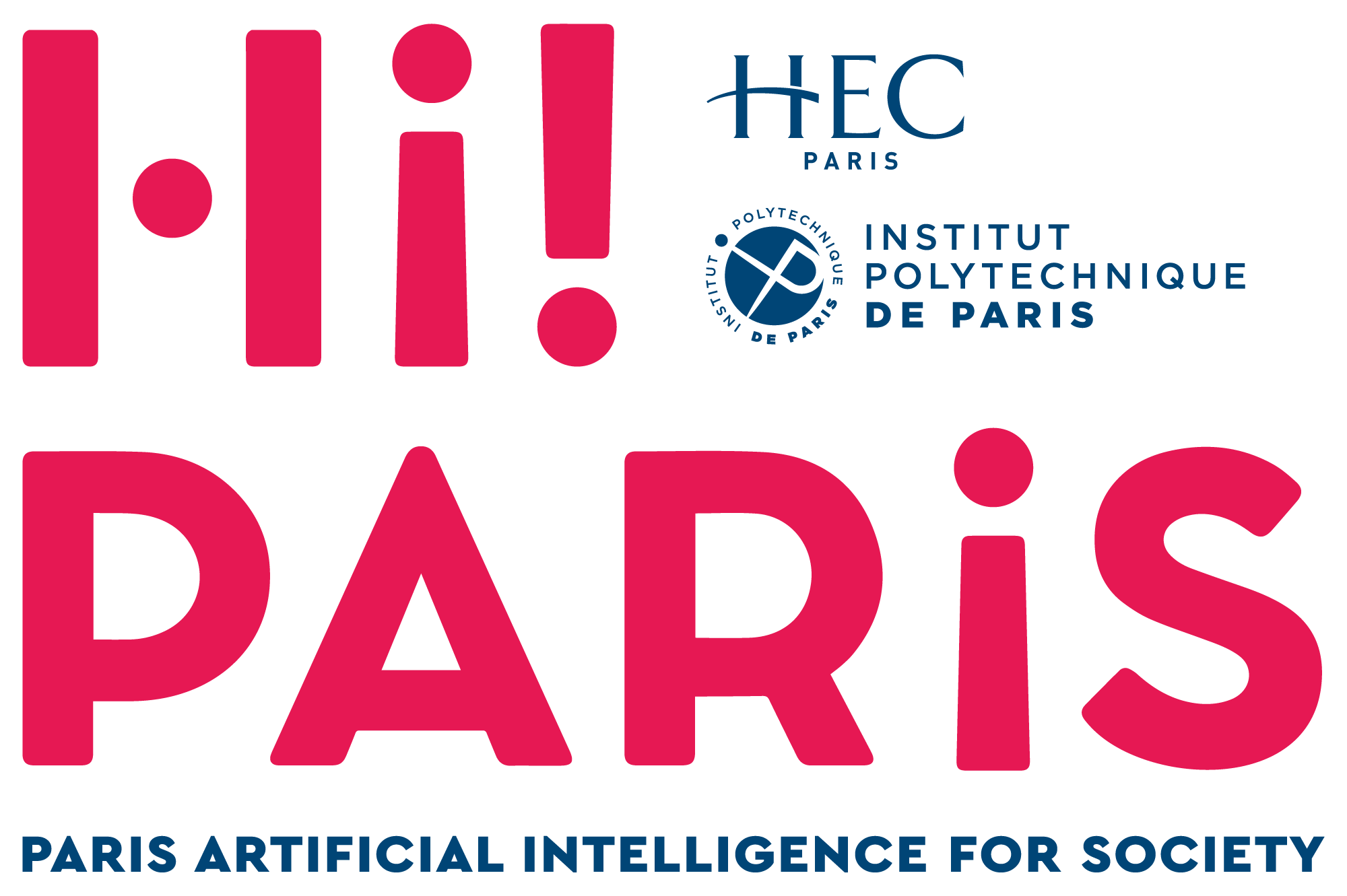Hi! PARIS Reading groups “Optimal Transport for Machine Learning”
The Hi! PARIS reading groups propose to study a topic using scientific articles on a theoretical and a practical point of view. The reading groups are opportunities of interaction between our corporate donors and our affiliates academic teams around selected topics of interest.
Each edition is planned for 2-4 sessions presenting one topic by the mean of 3-4 research papers. For each session: presentation of mathematical models and theoretical advances by a researcher + simulations with a Python notebook by an engineer.
Registration
Please register to the event using your professional email address to get your personal conference link. Please do not share your personalised link with others, it is unique to you. You will receive an email regarding your registration status.
Optimal Transport for Machine Learning
Optimal Transport (OT) is a mathematical framework that focuses on finding the most efficient way to transform one distribution of data into another. If you have two sets of points, for example, images, words, or user preferences, and you want to measure how “different” they are. OT calculates the minimal “cost” of moving the data from one distribution to match the other, like finding the cheapest way to transport goods between two cities.
In machine learning, OT is used to compare, align, or transfer knowledge between datasets. It’s widely applied in tasks like domain adaptation, generative modeling, clustering, and aligning multimodal data because it provides a more meaningful measure of similarity than simple distance metrics.
Session 1/3
Tuesday October 14, 2025 – 2.00-3.30pm (Online)
- Speaker: Clément Bonet, ENSAE Paris – IP Paris
- Title: An introduction to Optimal Transport for Machine Learning
- Abstract: Optimal Transport has received significant attention in Machine Learning as it provides a way to compare probability distributions by leveraging the geometry of the underlying space. In this talk, I will introduce the concept of Optimal Transport and discuss how it can be applied in practice. I will then give a brief overview of some of its applications in Machine Learning. This presentation is based on Montesuma et al. (2023) and Peyré (2025).
- Papers: https://arxiv.org/abs/2306.16156 and https://arxiv.org/abs/2505.06589
Session 2/3
Tuesday November 18, 2025 – 2.00-3.30pm (Online)
- Speaker: Joël Garde, Télécom Paris
- Title: Optimal Transport Mapping via Input Convex Neural Networks
- Abstract: The authors learn a transport plan between two distributions as the gradient of an ICNN, a type of deep network designed to parameterize convex functions. This ICNN-based modeling is robust to initialization and to discontinuities in the transport, where previous approaches have shown their limitations. The deep network is trained using two duality tools, Kantorovich and Fenchel, which reveal a min-max loss. This presentation is based on Makkuva, Taghvaei, Oh & Lee (2020).
- Papers: https://proceedings.mlr.press/v119/makkuva20a.html
Session 3/3
Tuesday December 16, 2025 – 2.00-3.30pm (Online)
- Speaker: Sonia Mazelet, Ecole polytechnique
- Title: MetaOT for Predicting Optimal Transport Maps
- Abstract: The authors introduce MetaOT, an amortized optimization approach designed to repeatedly learn optimal transport plans across related OT problems. Their method extends to both discrete and continuous measures, demonstrating that MetaOT can substantially lower the computational costs compared to classical OT solvers.
- Paper: https://arxiv.org/abs/2206.05262


